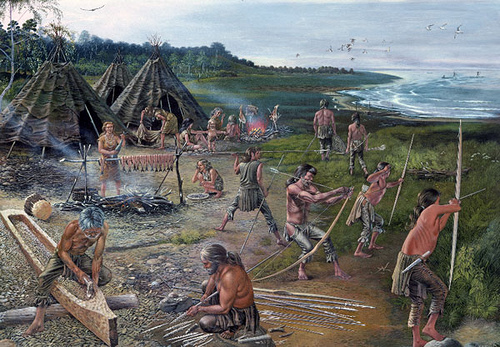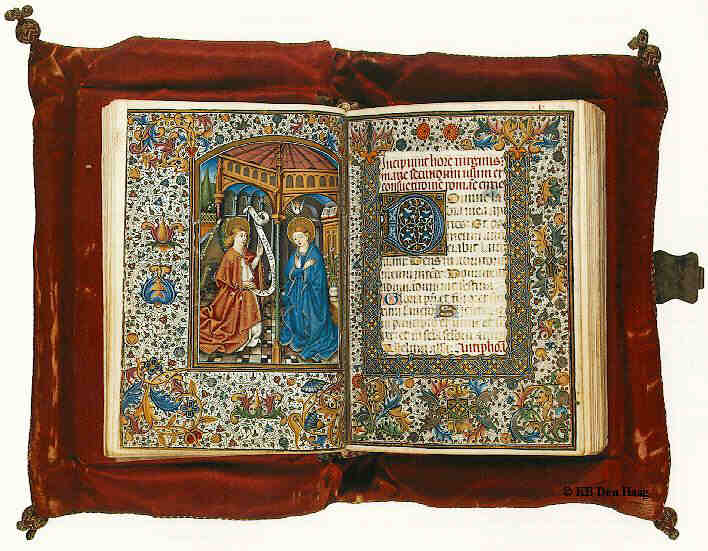The Mesolithic (Greek: mesos “middle”, lithos “stone”) is an archaeological concept used to refer to specific groups of archaeological cultures defined as falling between the Paleolithic and the Neolithic. The term developed as a catch-all to refer to material that did not fit into the other categories of prehistory and after the development of radiocarbon dating the arbitrary nature of its definition has become apparent.
The term is used to refer to different time spans in different parts of Eurasia. It was first used to refer to post-Pleistocene but pre-agricultural material in northwest Europe about 10,000 to 5000 BCE but is also applied to material from the Levant (about 20,000 to 9500 BCE); in Japan the Jōmon period (about 14,000 to 400 BCE) is sometimes called Mesolithic and it is also applied to some cultures from the Indian sub-continent (100,000 to 30,000 BCE). The term “Epipaleolithic” is often used for areas outside northern Europe but was also the preferred synonym used by French archaeologists until the 1960s.
Credit:
Wikipedia




















